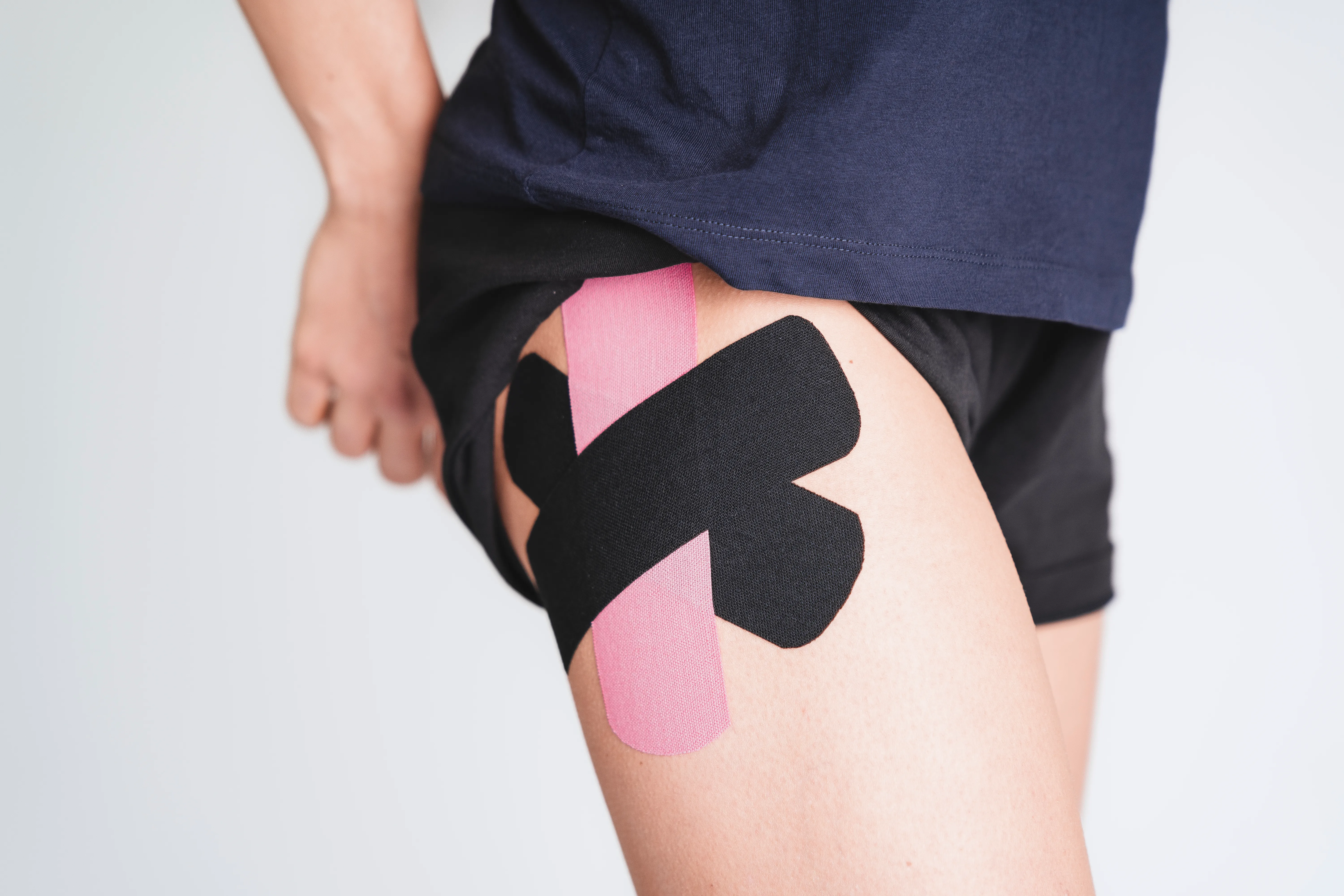Hip pain
Hip pain is a common problem that can affect people of all ages. The hip is a complex joint that enables movements such as walking, running and jumping. Causes of hip pain are varied and can include muscle strain, arthritis, bursitis (inflammation of the bursa), tendonitis and injuries such as fractures or dislocations. Symptoms often include pain in the hip region, which can radiate to the buttock, thigh or knee, as well as stiffness and limited mobility.



